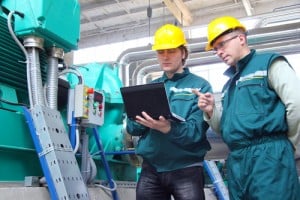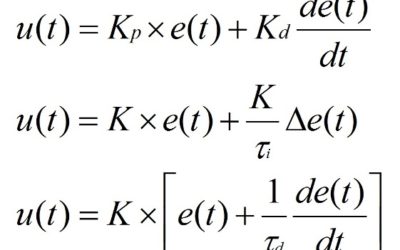Power Plant Control Systems In A Smelter Complex
Isolating A Large Power Generating System When It’s Driving A Variable Load Creates Some Special Control Challenges
Power plant control systems have their own unique design issues, however when dealing with island systems, there are even more things to consider. Take for example a large aluminum smelter complex – such plants can have their own power generation facilities, as large as 2,000 MW, which is enough to power a small city.
These operate with only a small tie breaker connecting them to the grid for emergency purposes. These complexes try to maintain a net zero import and export of power for maximum benefit while maintaining the best flexibility, which is harder than it sounds.Operators are no longer looking at maintaining production at the most efficient point of base load or maximum generating capacity, but at a partial load. However, unlike your normal power plant connected to the grid, a smelter’s loads are only about 10% inductive, meaning that its power demands do not vary with the frequency. Power generation levels have to be kept very close to the power demand levels. To make matters worse, you must also account for the anode effect, a sudden increase in voltage and a corresponding decrease in amperage, which causes transients in the power system.
Since the plant is essentially acting as an island, you must also consider spinning reserves (available capacity above the current generation), to maintain stability in the event of a unit trip and the anode effect. In island operation, a slight difference in the power consumed versus power generated can collapse the system and bring all of the power generation down. To accommodate these variables, you must calculate your theoretical base load for each turbine based on the ambient conditions and make sure that the load control system maintains sufficient spinning reserves to accommodate a generator trip, or the start of additional equipment, such as a large conveyor system.
Another consideration is the opposite effect, if part of the smelter system trips offline. You must have a real-time load shedding design. This should calculate the load demand based on the equipment operating. Typically, the smelter operation is segmented into different lines, and each line is segmented into pots. Each pot has a variable power demand based on the probes, so you are able to calculate the demand on each line by the probe settings for each pot. In the event of a large system upset, we must reduce the power generation level either by reducing the power output from the turbines, or in a worst case incident, opening the breakers on the generators to maintain the delicate balance of generated power versus consumed power.
If we begin opening breakers to the generators, we must have a predetermined plan in the control system to open the required breakers immediately and reduce the load on the remaining turbines to meet the new power demand, while still maintaining enough spinning reserve to restart any equipment that may have shut down during the incident. All of this becomes more critical when you consider that if it cannot be restarted within a couple of hours, an entire smelter product line is ruined and must be replaced.



